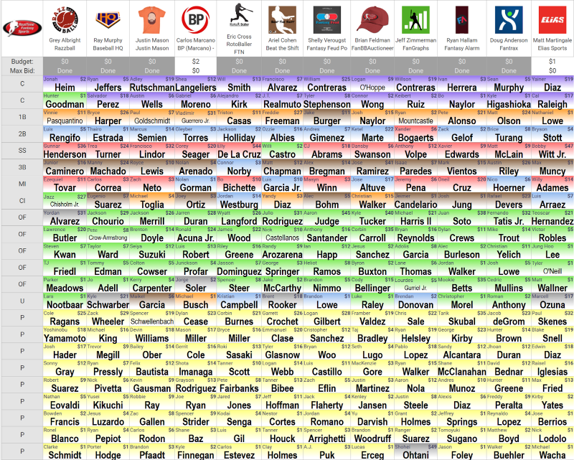Beat the Shift Podcast – 2nd Month Episode w/ Chris Welsh
The 2nd Month episode of the Beat the Shift Podcast – a baseball podcast for fantasy baseball players.
Guest: Chris Welsh
Strategy Section
- Waiver Wire
- What player level is it acceptable to cut (for underperformance)?
- Based on time of the season
- Based on current standing
- In practice, are player pickups more for the short term or for the long term?
- Does it differ hittter vs. pitcher?
- What player level is it acceptable to cut (for underperformance)?
- Prospects
- Are prospects good waiver wire investments?
- What level of FAAB spending should you spend on prospects?
- Key prospects to know for redraft leagues
- Now
- Later in the season
- Are prospects good waiver wire investments?
Buy/Sell/Hold
- Hot Players
- Cold Players
Injury Guru’s Trivia of the Week
Waiver Wire
Pitcher Preview
Injury Update
Podcast (beat-the-shift): Play in new window | Download
Subscribe: RSS








